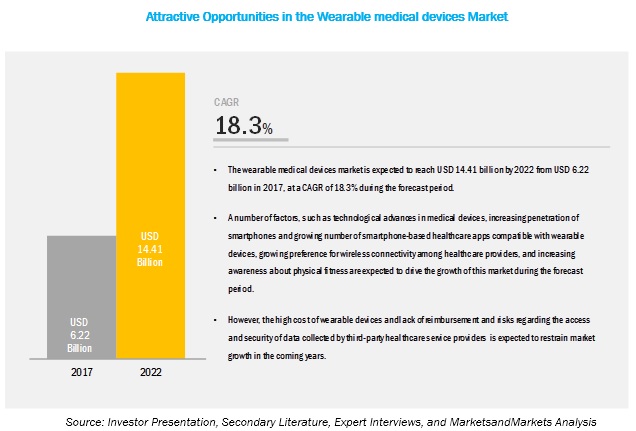Immunoassay Market Analysis - Global Forecast 2023
The increasing incidence of chronic and infectious diseases,
technological advancements in immunoassay instruments and introduction
of novel automated systems, and growth in the biotechnology and
biopharmaceutical industries are some the major factors driving the
growth of this market.
According to the new market research report Immunoassay Market is expected to reach USD 27.15 Billion by 2023 from USD 20.19 Billion in 2018, at a CAGR of 6.1%.
Download PDF Brochure: https://www.marketsandmarkets.com/pdfdownloadNew.asp?id=436
The immunoassays market is consolidated in nature due to the presence of a large number of players. Key players in the market include Abbott Laboratories (US), Roche (Switzerland), Siemens (Germany), Danaher Corporation (US), DiaSorin (Italy), Ortho Clinical Diagnostics (US), Thermo Fisher Scientific (US), QIAGEN (Netherlands), Becton, Dickinson and Company (US), Bio-Rad Laboratories (US), Merck (Germany), Agilent Technologies (US), Quidel Corporation (US), PerkinElmer (US), Mindray (China), and Bio-Techne Corporation (US).
•On the basis product and service, this market is classified into reagents and kits, analyzers, and software and services. In 2017, the reagents and kits segment accounted for the largest share of the immunoassays market.
•By platform, this market is classified into CLIAs, radioimmunoassays (RIAs), colorimetric immunoassays (CIs), fluorescence immunoassays (FIAs), and other platforms. The CLIAs segment accounted for the largest share of the immunoassays market in 2017.
•On the basis of technology, the immunoassay market is segmented into ELISA, rapid tests, western blotting, enzyme-linked immunospot (ELISPOT), immuno-PCR, and other immunoassay technologies. The ELISA segment accounted for the largest share of the immunoassays market in 2017.
Get Report Sample: https://www.marketsandmarkets.com/requestsampleNew.asp?id=436
Based on region, the immunoassay market is segmented into North America, Europe, Asia Pacific, Latin America, and the Middle East & Africa. North America dominated the market in 2017. The large share of this regional segment is attributed to the increasing incidence of chronic diseases and improved healthcare infrastructure.
According to the new market research report Immunoassay Market is expected to reach USD 27.15 Billion by 2023 from USD 20.19 Billion in 2018, at a CAGR of 6.1%.
Download PDF Brochure: https://www.marketsandmarkets.com/pdfdownloadNew.asp?id=436
The immunoassays market is consolidated in nature due to the presence of a large number of players. Key players in the market include Abbott Laboratories (US), Roche (Switzerland), Siemens (Germany), Danaher Corporation (US), DiaSorin (Italy), Ortho Clinical Diagnostics (US), Thermo Fisher Scientific (US), QIAGEN (Netherlands), Becton, Dickinson and Company (US), Bio-Rad Laboratories (US), Merck (Germany), Agilent Technologies (US), Quidel Corporation (US), PerkinElmer (US), Mindray (China), and Bio-Techne Corporation (US).
•On the basis product and service, this market is classified into reagents and kits, analyzers, and software and services. In 2017, the reagents and kits segment accounted for the largest share of the immunoassays market.
•By platform, this market is classified into CLIAs, radioimmunoassays (RIAs), colorimetric immunoassays (CIs), fluorescence immunoassays (FIAs), and other platforms. The CLIAs segment accounted for the largest share of the immunoassays market in 2017.
•On the basis of technology, the immunoassay market is segmented into ELISA, rapid tests, western blotting, enzyme-linked immunospot (ELISPOT), immuno-PCR, and other immunoassay technologies. The ELISA segment accounted for the largest share of the immunoassays market in 2017.
Get Report Sample: https://www.marketsandmarkets.com/requestsampleNew.asp?id=436
Based on region, the immunoassay market is segmented into North America, Europe, Asia Pacific, Latin America, and the Middle East & Africa. North America dominated the market in 2017. The large share of this regional segment is attributed to the increasing incidence of chronic diseases and improved healthcare infrastructure.

Comments
Post a Comment